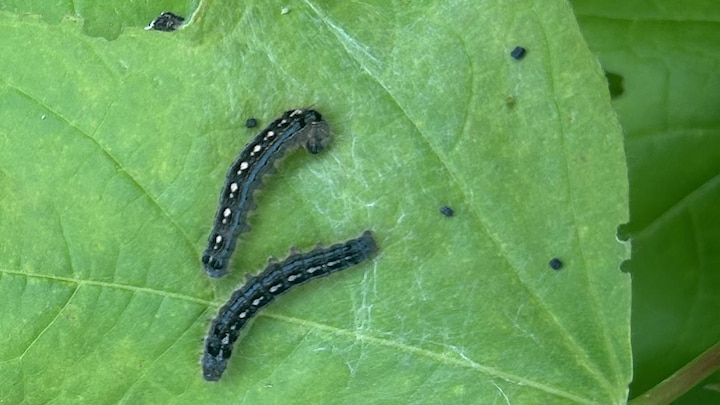Large gray flies, called sarcophagous flies, seem to be omnipresent in the region in recent days.
Abitibi-Témiscamingue is not the only place where the presence is noticed. The biologist and environmental columnist for New Acadia Yoan Bourgoin explains that a direct link can be made between the track epidemic, the forest livery and the strong presence of sarcophagous flies.
The arrival of flies, in fact, is good news, because it shows a certain decline of this epidemic in the event of the coming years. Already in the spring, there should be a fairly marked decrease in the presence of forest livery and it is directly due to the presence of the fly. So we can thank her for that
explains Yoan Bourgoin.
The sarcophagus fly is a parasite for caterpillars. She lays her eggs on the silk cocoon of the caterpillar so that the larvae feed on it. As the fly will have eaten a lot of caterpillars, a lot of pupes [chrysalide]we will greatly decrease the population. It is really a very natural ecological cycle
specifies the biologist.
It will be necessary to wait a few more days, even a few weeks, before seeing the fluff population decrease. In the meantime, it is recommended to manage your waste well to avoid attracting flies.


